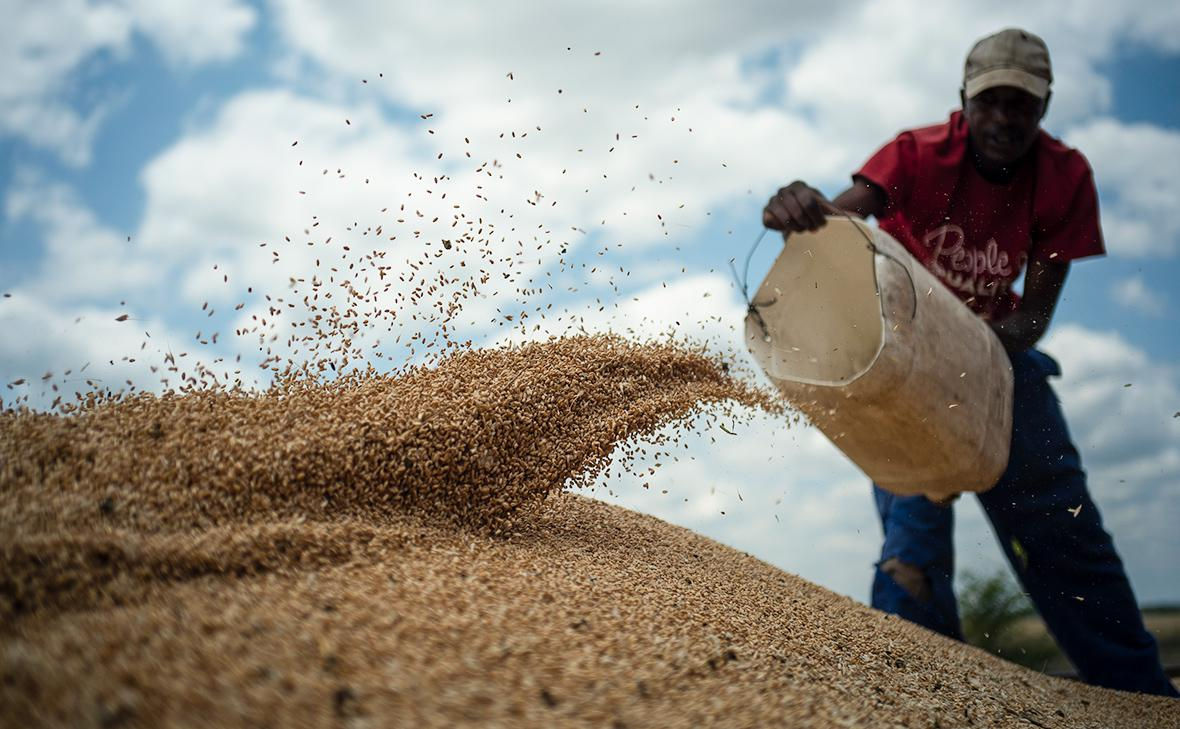Domestic cement and concrete producers are capable of increasing capacity to meet reconstruction needs under any scenario, according to a survey of cement producers and consumers conducted by CBR last year.
"The research showed that even in a situation of high uncertainty, as we have now, with reduced international funding and extremely limited Ukrainian budget resources, cement producers and consumers are ready to quickly restore and expand capacity, willing to invest to meet reconstruction demand," said CBR researcher Tetiana Sytnyk at the Ukrainian Builders Confederation meeting during the presentation of the results.
Cement production partially resumed in 2023, and consumption heavily depends on state funding
According to CBR's research, cement production significantly dropped in 2022 due to a decrease in domestic consumption – to 5.4 million tons compared to 11 million tons in 2021. However, production stabilized in 2023-2024, reaching 7.4 million tons and 7.97 million tons, respectively. According to surveyed experts, the maximum production level during the war is 8 million tons. After the war and with the start of reconstruction, peak cement production could reach a maximum of 12 million tons, but the industry will only reach this level in the third or fourth year of reconstruction.
The main question discussed within the professional community is whether there will be enough cement for the challenges of reconstruction. The issue was heightened by a 2022 study by the State Foreign Expertise, based on an optimistic scenario that assumed sufficient funds for reconstruction and that the entire process would be completed within three years, noted the head of "Ukrcement" Pavlo Kachur.
"Such calculations predicted a shortage of building materials, including cement. But now the professional community is assessing industry tasks based on three years of war experience and predicting that reconstruction will primarily begin with demining, strengthening the demarcation line, and restoring energy facilities. Large-scale construction will begin approximately in the third or fourth year," he commented to Interfax-Ukraine.
Currently, cement plants are unevenly loaded: Plants in western Ukraine have better load rates, while those in the south and east are underutilized. In 2022, cement plants operated at a loss, and production volumes did not cover fixed costs, though they managed to retain their workforce. In 2023, these plants reached break-even, with production volumes sufficient to cover fixed costs.
As for cement consumers, the survey included producers of concrete, aerated concrete, and other construction materials representing businesses of various sizes across all regions.
"The study showed that our cement is quite acceptable for producers in terms of both quality and price. It increased in price by 20% in 2023 and by 10% in 2024, in line with inflation," noted Kachur.
Two-thirds of cement consumers surveyed reported an increase in production in 2023. Twenty percent returned to pre-war production levels, and there were even those who exceeded them (concrete for infrastructure projects). However, by 2024, during the survey, consumer sentiment regarding cement was rather cautious: they identified risks of reductions due to instability in state funding.
_1744095831.jpg/S6LVZEep4NxhuuuFAUVXGdQZPAVOtUpQXopEziZJ.jpg)
The Industry is Ready to Invest in Modernization
According to Kachur, the market experienced a slight decline in cement consumption in 2023, as large-scale protection and recovery projects depend on government funding, and civil developers are not yet ready to fully resume activity at this stage. As a result, the number of residential and commercial real estate projects has significantly decreased compared to pre-war levels. The expert also highlighted the critical issue of workforce resources for the industry. New specialists need to be trained to replace mobilized and relocated employees in the sector.
"This (training personnel, project design, and finding funding – IF-U) will take some time, which cement producers will have to fill the market. First and foremost, to invest in modernization and expansion. In particular, there are already two ready projects for the construction of new kilns with the highest modern standards in Kryvyi Rih and Ivano-Frankivsk, and the Balcem plant’s resource (before the war, it produced about 200,000 tons with a capacity of 4 million tons)," he reported.
The research notes that the construction of completely new plants is unlikely, but modernization of a kiln can be completed in a year. According to estimates, at least two plants will launch additional kilns, which will provide 2 million tons. For example, "Kryvyi Rih Cement" has already received a special permit to develop the Maryanske limestone deposit (60 km from the plant) and has a plan to build a kiln at the quarry for clinker production. Possible also are the modernization of the Kramatorsk Puschka plant (nationalized) and the Balakliia plant (Balcem).
"Cement companies are ready for quick investments in modernization and the launch of additional kilns when reconstruction begins, to respond to the market first. The companies are waiting for signals to start expansion. These could be news about the allocation of funds for reconstruction and/or demand reaching the 9.5 million tons level," explained Sytnyk.
Domestic Cement Competes on Equal Terms with European Cement
Among the reserves for the critical high demand for reconstruction, experts also mention the potential return of cement imports to Ukraine. Currently, Ukraine is not importing but exporting this product.
"We must honestly admit that during the war, exports are essentially saving our industry. Before the war, in 2021, the total cement export was about 56,000 tons, and in 2024 – 1.7 million tons, which is about 15% of what we produce – that's a significant share. We constantly tell our neighbors: 'As soon as Ukrainian consumption rises, the situation will change drastically. It will be more beneficial for us to bring cement to Ukraine’s construction sites, and the issue of imports will become relevant,'" said Kachur.
The CBR study notes that if reconstruction projects are predominantly funded by EU funds, there is a high probability of increased cement imports from Europe, primarily for infrastructure projects.
The expert reminded about the potential risks for the industry at this stage, as there is currently an overproduction of cement in the world. Therefore, most developed countries can fully cover all the needs of reconstruction projects, which could harm domestic producers.
"I want to state our position publicly: the Ukrainian market (at the recovery stage) should be as localized as possible with domestic products and accessible only to countries that supported us during the war. Because for countries that supported the aggressor during the war but want to join the reconstruction, we must implement strict measures to protect our market," emphasized Kachur.




















